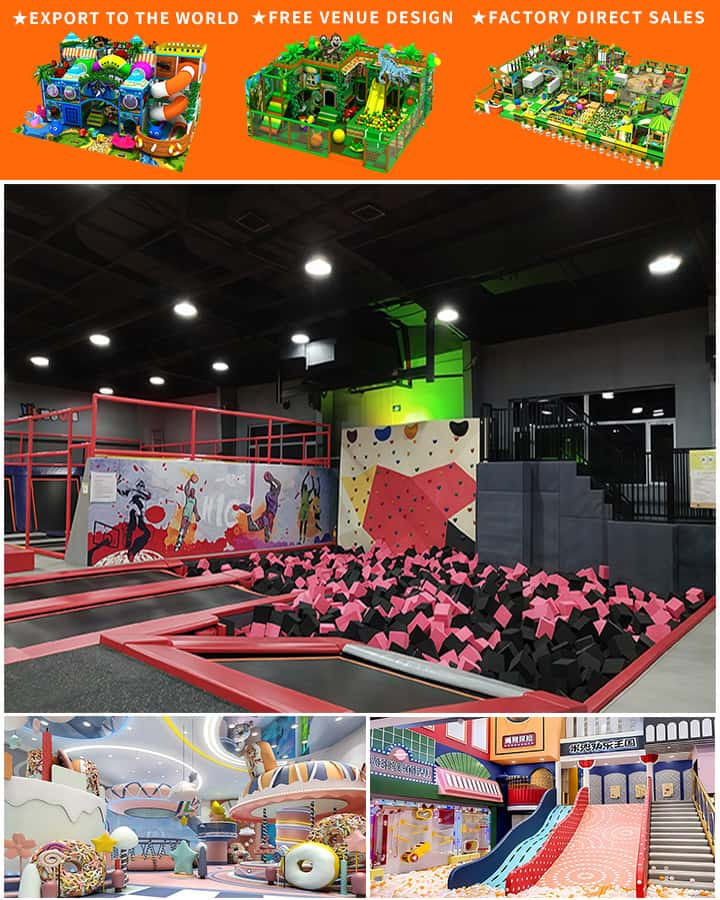Creating an indoor play area for kids at home can be both a fun and fulfilling project. With a bit of creativity, you can transform any corner of your house into a vibrant and engaging space where your children can learn, play, and grow. Here are some tips to help you design the perfect indoor play area that will keep your kids entertained and safe.
Choosing the Right Location
When setting up an indoor play area, consider a location that’s easily accessible but not in a high-traffic zone. Living rooms, playrooms, or even unused bedrooms can make great choices. If space is limited, think creatively—a corner of the bedroom, a section of the basement, or even a part of the kitchen can be repurposed with some planning.
Safety First
The safety of your child is paramount. Ensure that the area is free from choking hazards like small toys or objects, sharp edges, and electrical outlets that are unprotected. Use non-toxic paints and materials to decorate the space. Installing soft mats or foam flooring can prevent injuries from falls. Additionally, anchor heavy furniture to the wall to avoid tipping hazards.
Thematic Design

A themed play area can make the experience more exciting and engaging for kids. Whether it’s a jungle adventure, a pirate ship, a fairy tale castle, or a space station, choose a theme that sparks your child’s imagination. Incorporate colors, decorations, and props related to the theme for added immersion. For instance, if you’re opting for a jungle theme, consider using green fabric for curtains, adding faux plants, and including stuffed animals like monkeys and lions.
Functional Furniture
Choose furniture that serves multiple purposes to maximize space efficiency. Folding desks, storage ottomans, and modular shelving units can provide practical solutions for both storage and play. Consider installing built-in shelves and cubbies to store toys, books, and craft supplies neatly. A foldable table and chairs can be tucked away when not in use, making room for other activities.
Engaging Activities and Toys
An indoor play area should have a variety of activities to keep kids engaged. Depending on their age and interests, include elements like a small reading nook with comfy pillows and bookshelves, an art station complete with paper, crayons, markers, and glue, or a pretend kitchen set-up with pots, pans, and play food. Interactive toys like building blocks, puzzles, and educational games can also be great additions.
Soft Lighting and Ventilation
Good lighting is crucial for creating a welcoming environment. Natural light is best, so if possible, position the play area near a window. Complement natural light with soft, warm artificial lighting. Avoid harsh overhead lights; instead, use lamps with adjustable brightness settings. Proper ventilation is also important, so ensure there’s good air circulation within the space.
Personal Touches
Add personal touches to make the play area special for your kids. Involve them in the decorating process by letting them choose some of the decorations or helping paint furniture. Display their artwork on the walls or create a gallery board where they can showcase their masterpieces.
Maintenance and Organization
Keeping the play area tidy and organized is essential for maintaining its functionality and appeal. Create a routine for cleaning up after playtime sessions, and teach your kids to take responsibility for putting toys back in their designated places. Regularly declutter the area by donating toys your kids no longer use and rotating seasonal items to keep things fresh.
By investing time and effort into creating an indoor play area that prioritizes safety, engagement, and comfort, you can provide your kids with a dedicated space where they can unleash their creativity and enjoy countless hours of happy playtime at home




